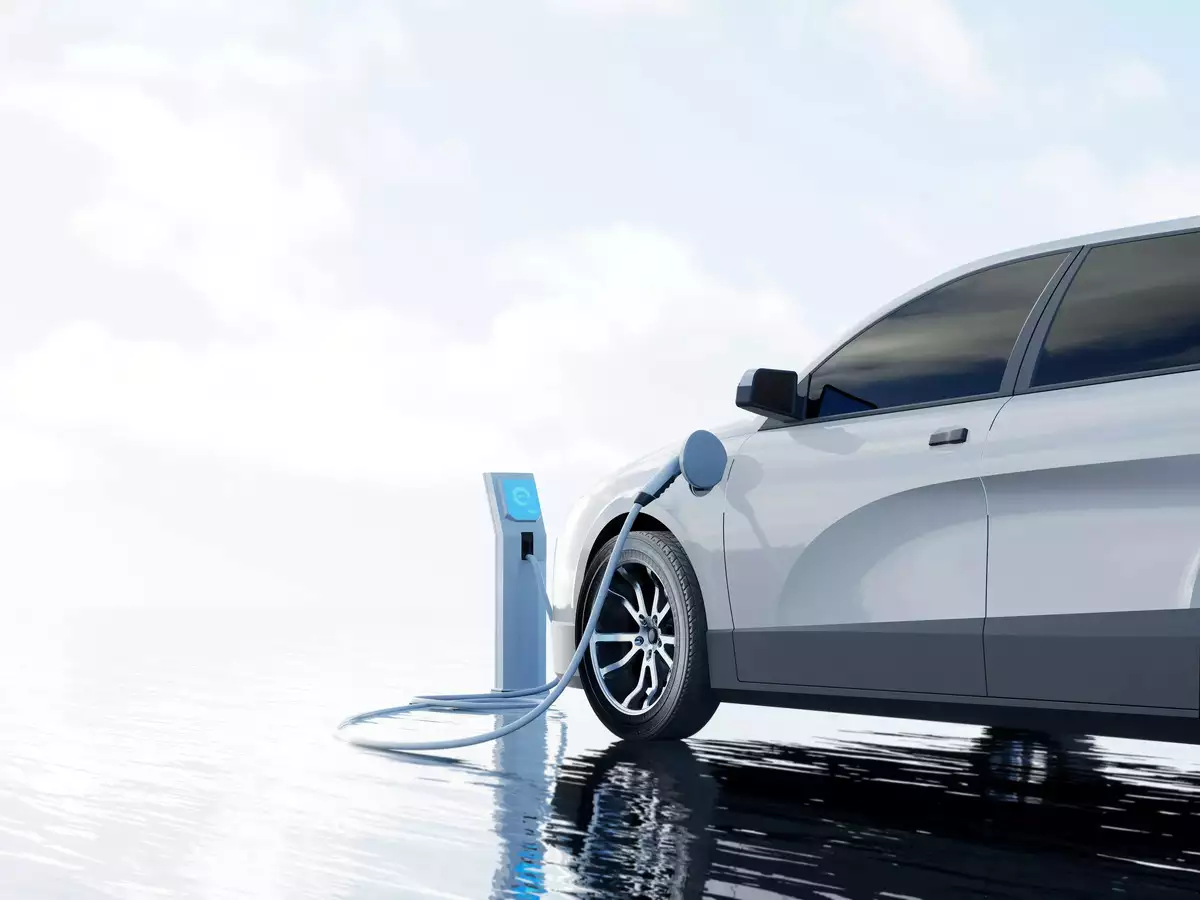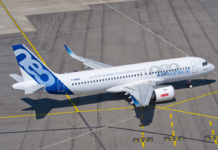NEW DELHI: To help India realise its EV dream, creating a vast network of public stations and community charging stations (in societies) in key metro cities is a daunting task and at the moment, the country stares at a huge gap as EV adoption increases, especially in the two-wheeler segment.
According to the Ministry of Power guidelines, the EV charging infrastructure is categorised in five broad areas.
These are Electric Vehicle Supply Equipment (EVSE), Public Charging Stations (for the masses), Battery Charging Stations (where the discharged or partially discharged batteries for EVs are recharged), Captive Charging Stations (exclusive stations owned or under the control of owners of the charging station), and Battery Swapping Stations (where any electric vehicle can get its discharged battery or partially charged battery replaced by a charged battery).
The fact is that at the end of 2022, India had 2,700 public charging stations and 5,500 charging connectors. The country is likely to have 10,000 public charging stations by the end of 2025, according to Counterpoint Research. The country may require some 20.5 lakh charging stations by 2030 – a mammoth task that has to be complemented with a surge in EV sales till that time.
Raghav Arora, Co-Founder and CTO of EV charging solution provider Statiq, told IANS that as the demand for EVs grows exponentially the need for public and community charging stations will also rise.
“Having personal charging stations with the optimal load to charge your vehicle will not be feasible. As the industry and the services mature the demand for such accessible, affordable and reliable charging will also rise,” he said.
Statiq said it has a network of more than 7,000 chargers in over 60 cities to date, and plans to install 20,000 EV chargers across the country in FY23.
“We are working with PSUs and corporates to cater to their demand of EV charging solutions and its upkeep. We are working with EV fleets as well to enable the right solutions to ensure they ply seamlessly in their areas of operation. We are setting up community charging stations in societies in metro cities at no cost,” Arora said.
EV sales in India have been hitting a record high every year since 2020, showing the changing mindset of people towards electric mobility.
“By 2025, the market share of electric passenger vehicles in India is expected to increase to more than 6 per cent. In terms of EV adoption, the three-wheeler segment is leading the market with a 4 per cent share, followed by two-wheelers (3.5 per cent) and passenger vehicles (1.3 per cent),” Soumen Mandal, senior research analyst, IoT, automotive and devices ecosystem at Counterpoint, told IANS.
The government has been supporting the EV industry through schemes such as FAME1 and FAME2 with a major focus on charging infrastructure.
It has set a target to electrify 70 per cent of all commercial vehicles, 30 per cent of private cars, 40 per cent of buses, and 80 per cent of two-wheeler and three-wheeler sales by 2030.
Sohinder Gill, CEO, Hero Electric, told IANS that the company is focused on strengthening the EV charging network by partnering with many EV tech companies like Statiq, BOLT, Charzer, Massive Mobility, and Log9 Materials to install over 1 lakh charging points across India.
“Further, we intend to tap into that infrastructure in terms of joint development of vehicles there, using sensibilities from the Indian market and our R&D capabilities for the electrification of the mobility segment in India,” Gill said.
According to JMK Research, in terms of the type of charging, “India’s EV market currently has limited capabilities for fast-charging EVs”.
“However, going forward, public fast charging, complemented by AC chargers of capacity ranging from 3-22kW at workplaces, shopping malls, and restaurants will be needed to support the charging infrastructure in India,” it added.
Also Read: Looking for the Best EV Scooter Under 75000? 8 Things you Should Know Before Getting One





